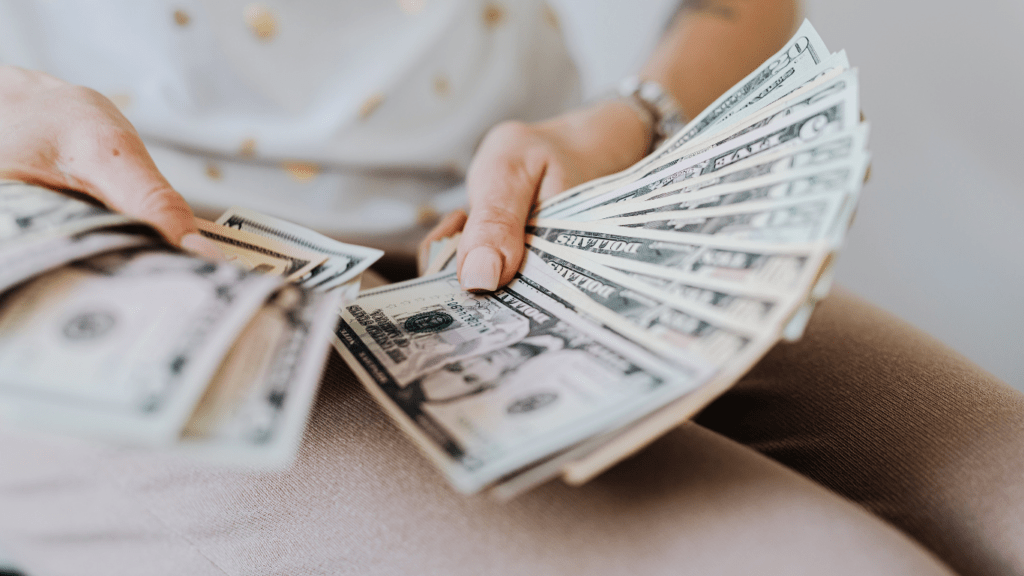Understanding Dividend Reinvestment Plans (DRIPs)
Dividend Reinvestment Plans (DRIPs) provide a mechanism for investors to grow wealth by reinvesting dividends into additional shares. This approach benefits from automatic reinvestment and avoids the hassle of manual purchasing.
What Are DRIPs?
DRIPs enable shareholders to convert cash dividends into more shares of the issuing company. Investors use DRIPs to accumulate more shares without paying brokerage fees. Companies, too, benefit when investors participate in DRIPs because they retain more capital within the business. These plans are ideal for long-term investors seeking gradual, compounded growth.
History and Evolution of DRIPs
DRIPs originated in the mid-1960s as a way for companies to strengthen relationships with shareholders. Initially limited to large corporations, they gained popularity as more companies recognized their value. Over the years, DRIPs evolved, with improvements such as no-fee reinvestment and optional cash purchases becoming standard, attracting a wider pool of investors. By leveraging modern technology, companies have streamlined the enrollment process, making participation more accessible.
Benefits of Using DRIPs for Wealth Building
Dividend Reinvestment Plans (DRIPs) offer significant advantages for investors focusing on building wealth. By reinvesting dividends automatically, investors can benefit from increased growth potential and cost efficiencies.
Compound Interest and Growth Potential
DRIPs enhance wealth through compound interest by reinvesting dividends into additional shares. Each reinvested dividend boosts the number of shares owned, which means future dividends grow without additional investments. For instance, if a company disburses $50 in dividends and those dividends purchase one additional share, then future dividends are calculated on an expanded share base. This harnesses the power of compounding, which Albert Einstein famously referred to as the “eighth wonder of the world,” allowing investors to amplify returns over time significantly.
Cost Efficiency and Dollar-Cost Averaging

DRIPs often eliminate brokerage fees, making reinvestment more cost-effective. Many companies offering DRIPs cover transaction fees, so every dollar of dividend reinvestment contributes directly to purchasing more shares. This cost-saving feature boosts the investor’s ability to grow wealth undeterred by expenses. Moreover, DRIPs facilitate dollar-cost averaging, wherein dividends purchase shares at regular intervals regardless of market conditions. This method reduces the impact of volatility on the investment, as shares are acquired at varying prices, smoothing out the cost over time and enhancing long-term returns.
Selecting the Right DRIP Programs
Choosing the right Dividend Reinvestment Plans (DRIPs) is crucial for strategic wealth-building. My focus is on key factors and evaluation methods to guide these decisions.
Factors to Consider When Choosing DRIPs
Several aspects influence my decision when selecting DRIPs.
- Company Fees: Confirm that the company offers fee-free reinvestment. This ensures optimal use of each dividend, maximizing the reinvestment process.
- Minimum Investment: Understand the minimum investment requirements if any. Some DRIPs have set amounts for participation which could affect initial investments.
- Optional Cash Purchases: Check if optional cash purchases are available. This feature allows me to buy additional shares directly, boosting my holdings beyond reinvested dividends.
- Automatic Reinvestment: Verify if dividends are reinvested automatically, enhancing the compounding effect without any manual intervention.
Evaluating Company Performance
Analyzing company performance forms an integral part of my DRIP selection process.
- Historical Growth: Review the company’s historical growth in revenue and earnings. Consistent growth often indicates a stable entity worth investing in over time.
- Dividend Stability: Examine the dividend history, looking for consistent or increasing payments. Stability suggests reliable returns and a solid footing for future payouts.
- Payout Ratio: Assess the payout ratio to understand sustainability. A moderate ratio denotes that the company maintains enough revenue to support dividend payments while investing in growth.
- Market Position: Consider the company’s position in its industry. Leaders with competitive advantages tend to exhibit better financial health and stability, aligning with long-term investment goals.
Strategies for Maximizing Returns with DRIPs
Maximizing returns with Dividend Reinvestment Plans (DRIPs) involves strategic planning and attention to market conditions. Implementing diversification and exploring reinvestment options can enhance growth potential.
Diversifying Your DRIP Portfolio
Diversification spreads risk and increases stability in a DRIP portfolio. By selecting shares from different sectors, I mitigate potential losses from industry-specific downturns. Economic cycles affect sectors differently, so a mix provides exposure to various growth opportunities. For instance, combining technology stocks with utilities or consumer goods can balance growth prospects with steady income, protecting my investments from sector volatility.
Reinvesting vs. Cash Dividends
Choosing between reinvesting dividends or taking cash impacts my portfolio’s growth trajectory. Reinvesting generates compound interest, as earnings produce more shares, leading to exponential growth. However, if immediate cash flow is needed, opting for cash dividends might be prudent. By consistently reinvesting during favorable market conditions, I leverage additional shares for potential gains during market recoveries. Understanding personal financial goals and evaluating market trends aids in deciding the best option for maximizing returns.
Tax Implications of DRIPs
Navigating tax implications in Dividend Reinvestment Plans (DRIPs) can prove complex. Taxes can impact net returns, making awareness crucial for strategic planning.
Understanding Taxable Events
Reinvesting dividends in DRIPs generates taxable events. Cash dividends count as income, even if reinvested. The IRS treats reinvested dividends similarly to cash received, subjecting them to income tax. For example, shareholders receive a Form 1099-DIV detailing taxable dividend income, which must be reported. It’s crucial to track the cost basis of new shares acquired through reinvestment since this impacts capital gains calculations when shares sell.
Strategies for Minimizing Tax Impact
Several strategies can alleviate DRIP tax burdens. First, utilizing tax-advantaged accounts like IRAs or 401(k)s exempts dividends from immediate taxation, postponing or potentially eliminating tax obligations. Next, focusing on Qualified Dividend Income (QDI) benefits investors eligible for lower tax rates, dependent on their tax bracket. Additionally, retaining meticulous records of reinvestments ensures accurate cost basis calculations, reducing taxable gains upon selling. Finally, consulting with a tax professional can provide personalized strategies for optimizing tax efficiency in DRIPs.



